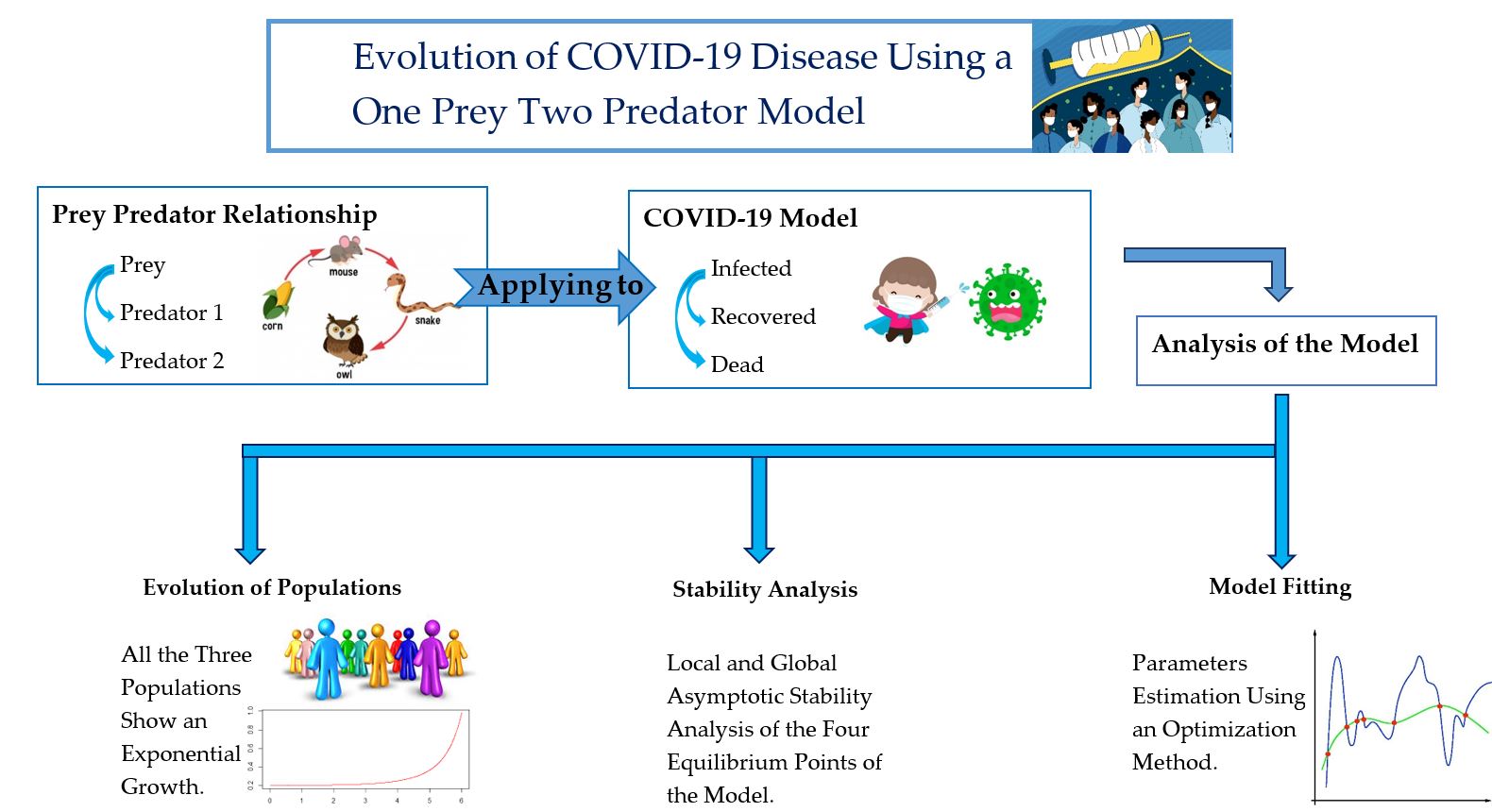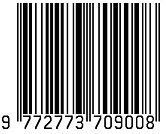Evolution of COVID-19 Disease Using a One Prey-Two Predator Model
DOI:
https://doi.org/10.31357/ait.v1i1.4888Abstract
Mathematical modeling is used to understand the dynamics of transmission of infectious diseases such as COVID-19, SARS, Ebola, and Dengue among populations. In this work, a one prey-two predator model has been developed to understand the underlying dynamics of COVID-19 disease transmission. We considered the infected, recovered, and death populations with the fact that an infected person can be transformed into the recovered or death group assuming that the infected ones are the prey, and the other two populations are the two predators in the one prey-two predator model. It was found that the proposed model has four equilibrium points; the vanishing equilibrium point ( ), recovered and death-free equilibrium point ( ), recovered population-free equilibrium point ( ), and the death-free equilibrium point ( ). Stability analysis of the equilibrium points shows that except all the other equilibrium points are locally asymptotically stable. Global asymptotic stability of the recovered population-free equilibrium point and death-free equilibrium point are also analyzed. Moreover, the existence and uniqueness of the solution were proved. The parameters for the model are estimated from a data set that consists of the total number of infected, recovered, and dead populations worldwide in the year 2020 using the Nelder-Mead optimization method. When the time approaches infinity, the infected population converges to a constant value, the recovered population declines and reaches zero, and the death population attains a constant value. However, some modifications to the system are needed. In future work, measures such as health precautions, vaccinations are needed to be considered for the formulation of the mathematical model.

Downloads
Published
How to Cite
License
Copyright (c) 2021 Amila Sudu Ambegedara, Asini A. Konpola, Chathurika S. Gunasekara, Indika G. Udagedara

This work is licensed under a Creative Commons Attribution-NonCommercial-NoDerivatives 4.0 International License.
The Authors hold the copyright of their manuscripts, and all articles are circulated under the terms of the Creative Commons Attribution License, which permits unrestricted use, distribution, and reproduction in any medium, as long as that the original work is properly cited.
The use of general descriptive names, trade names, trademarks, and so forth in this publication, even if not specifically identified, does not imply that these names are not protected by the relevant laws and regulations. The authors are responsible for securing any permissions needed for the reuse of copyrighted materials included in the manuscript.




